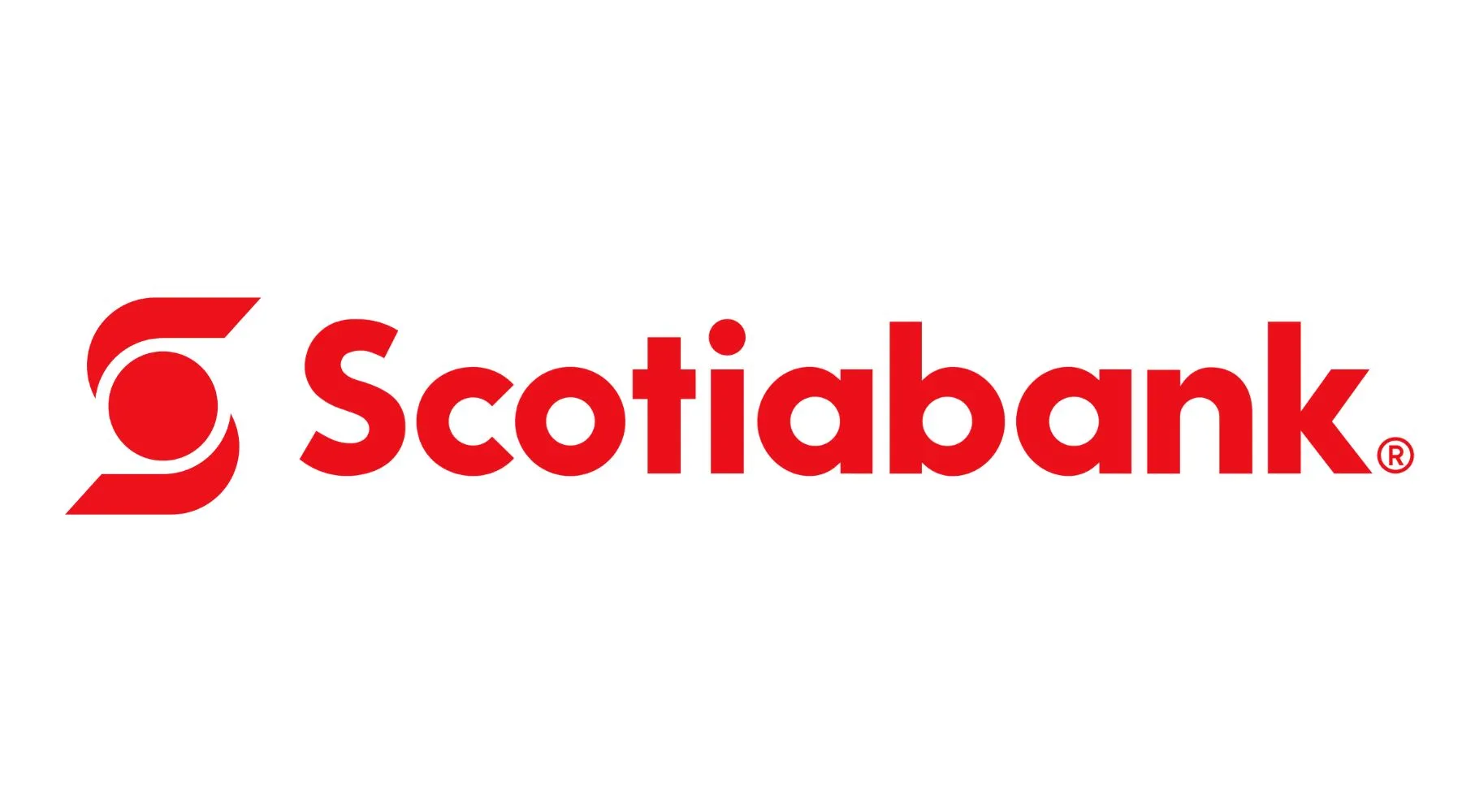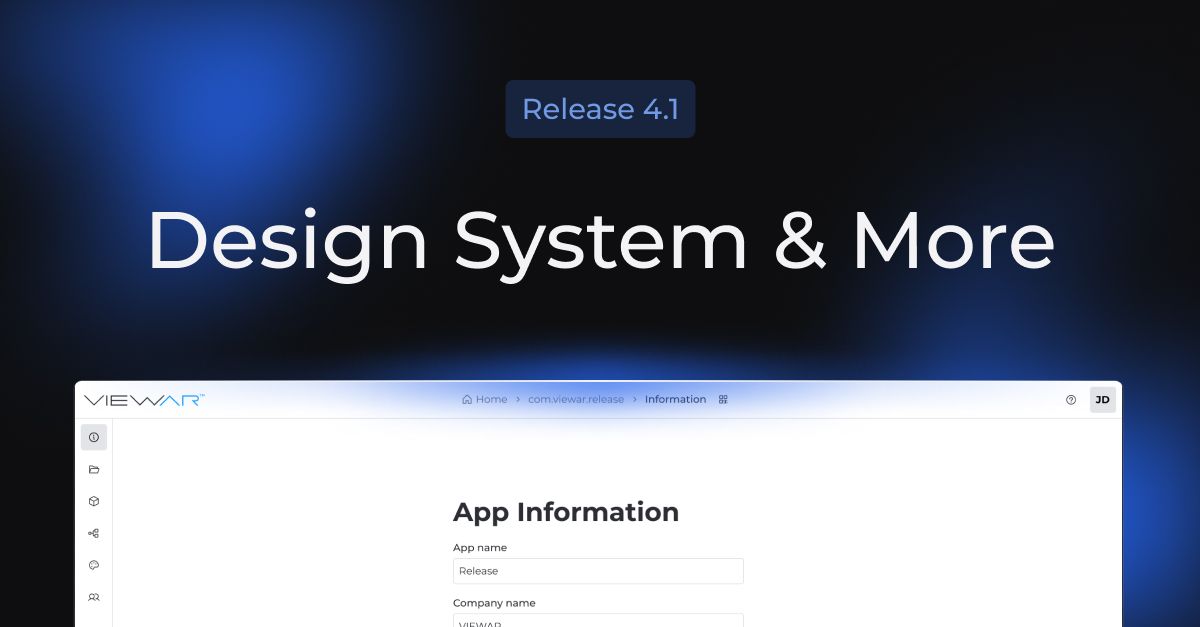A personal line of credit and a home equity line of credit (HELOC) both provide access to a revolving line of credit. But while they’re similar in many ways, there are also some key differences between them — most notably, a HELOC is secured by the equity in your home.Keep reading for a side-by-side personal line of credit vs HELOC comparison to help you decide which credit option is right for you.Quick summary: Personal line of credit vs HELOCIs it secured or unsecured?Usually unsecuredSecured by the equity in your homeHow much can I borrow?Up to $50,000 (more in some cases)Up to 65% of your home’s valueWhat can I use it for?Any legitimate purposeAny legitimate purposeWhere can I get it?Mostly banks and credit unions, some online lendersMostly banks and credit unionsLoan termsOngoingOngoingInterest ratesUsually variableVariableHow to applyOnline or at a branchOnline or at a branchWhat is a personal line of credit and how does it work?A personal line of credit works a lot like a credit card—but with a lower interest rate and a higher credit limit. It’s a revolving line of credit that you can access whenever you need, up to a predetermined limit. Interest rates are usually variable, and you only pay interest on the money you borrow. It’s easy to access your personal line of credit funds by making an ATM withdrawal, transferring money via online and mobile banking, or writing a cheque.There’s no fixed repayment period with a personal line of credit, but once you repay the funds you borrow, they become available for you to access again as needed. Personal lines of credit are usually unsecured, but you’ll get a better rate and a higher limit if you provide collateral for the loan.You can use the funds from a personal line of credit however you want, including to pay for home renovations, a vacation, medical bills or a new car.
Why should I get a personal line of credit?There are several reasons why a personal line of credit might be the right choice for you.No collateral required. Unlike a HELOC, you don’t have to provide an asset as security for a personal line of credit.Lower interest rate than a credit card. Lines of credit typically come with lower interest rates than credit cards, making them a more affordable option.Easy access to funds when needed. Because this option provides revolving credit, you can withdraw cash from your line of credit whenever you want.Flexible. If you’re unsure how much money you’ll need to cover upcoming expenses — if you’re renovating your home, for example — a line of credit provides greater flexibility than a lump-sum personal loan.What to watch out forRisk of unnecessary spending. Just because you have credit available doesn’t mean you should use it, so be wary of spending more than you need to (or more than you can afford to repay).Fees. Check the fine print to find out whether any admin, ongoing or late payment fees apply.Rising interest rates. If interest rates rise, your line of credit repayments will rise too.What is a HELOC and how does it work?A HELOC is a home equity line of credit. It provides a revolving line of credit that you can access when needed, with variable interest and no fixed repayment period.Just like a personal line of credit, the funds from a HELOC can be used to pay for just about anything. And the money you repay goes back into your credit line, so it’s available for you to access again when needed.But the key difference between a HELOC and a personal line of credit is that a HELOC is secured by the equity in your home. A HELOC can either be combined with your mortgage or a standalone product, and credit limits of up to 65% of your home’s value are available. This means you can access larger amounts than with a personal line of credit.Tapping into your home equity reduces the risk for the lender, so you can access a higher credit limit and a lower interest rate than with an unsecured loan. The downside is that it increases the risk for you — if you can’t keep up with repayments, the lender can repossess or sell your home.
Why should I get a HELOC?If you own your home, there are several reasons why a HELOC might be a good choice.Higher credit limits. You can access a larger credit amount with a HELOC than with an unsecured line of credit.Competitive rates. Providing your home equity as collateral will also help you access a lower interest rate.Less than perfect credit is OK. You may be able to qualify for a HELOC if your credit history is less than perfect, but you’ll need to have sufficient income to manage repayments.Flexible access to funds. You can take advantage of quick and easy access to funds whenever you need.What to watch out forYou need to own your home. If you’re renting, you’ll need to consider an unsecured line of credit instead.You put your property at risk. The lender could seize your home if you can’t make your repayments, so a HELOC is not suitable for everyone.Watch out for fees. Appraisal fees, title search fees, legal fees and origination fees may apply, so read the fine print carefully.Rising interest rates. Rates are variable, so the cost of repayments will increase if interest rates rise.Hard to switch lenders. If your HELOC is combined with a mortgage and you want to switch to a different lender, you may have to repay your HELOC in full before you can do so.Overspending. Just like with a personal line of credit, you’ll need to be careful to avoid spending too much.Personal line of credit vs HELOC: Which is right for me?There are several good reasons why you might choose a personal line of credit over a HELOC, and vice versa. Both products offer flexible access to funds and lower interest rates than a credit card, so they can both provide a convenient solution to help you manage ongoing expenses.The benefits of a HELOC are simple: you can qualify for a larger credit amount and a better interest rate than with an unsecured line of credit. The downsides are that you can potentially take on a higher level of debt, and you risk losing your home if you can’t keep up with your repayments.So if you don’t own a home, or if you don’t want to put it at risk by using it as collateral, a personal line of credit may be a better option.Ultimately, the right choice for you depends on your personal financial situation and what you’re willing to risk.Compare personal lines of credit and HELOCsBottom lineIf you need flexible access to extra cash, a personal line of credit and a HELOC are both viable options—but they both have pros and cons. Compare the benefits and drawbacks of each before deciding on the winner of your HELOC vs personal line of credit comparison.Frequently asked questions
Thank you for your feedback!
Tim Falk is a freelance writer for Finder. Over the course of his 15-year writing career, he has reported on a wide range of personal finance topics. Whether you’re investing in stocks and ETFs, comparing savings accounts or choosing a credit card, Tim wants to make it easier for you to understand. When he’s not staring at his computer, you can usually find him exploring the great outdoors. See full bio


